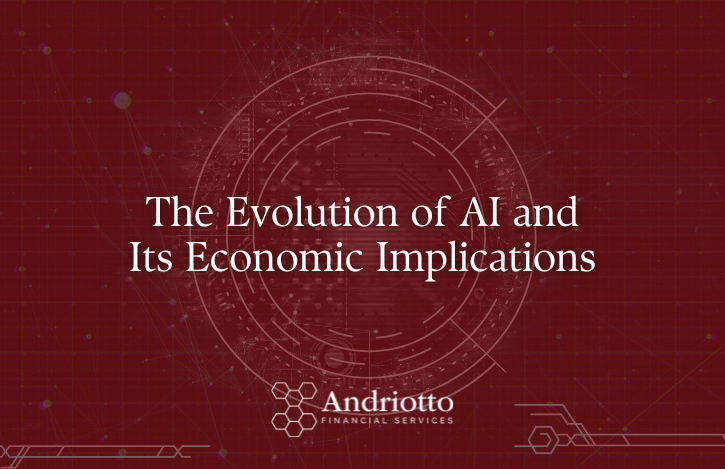The arrival of ChatGPT and similar large language models (LLMs) signals a significant milestone in the evolution of AI. These developments are poised to trigger a notable shift in the economy. Over the past few decades, we have witnessed gradual progress in automated information systems. However, the latest generation of tools is distinctive, indicating a profound economic shift on the horizon.
For years, we have been integrating smarter tools into our daily lives. For instance, Amazon utilizes customers’ purchasing patterns to recommend books, and Netflix suggests movies based on our reviews. Meanwhile, customer service chatbots, albeit clumsily, inquire about the purpose of our call.
The most recent advancements in intelligent computer programs represent a significant advancement. One notable improvement is their enhanced capability to comprehend everyday language, whether spoken or written. Previous customer service chatbots conversely relied on specific keywords like “order,” “ship date,” or “invoice”. The new approach, known as natural language processing, has revolutionised this field.
Crucially, ChatGPT and similar models have been trained on the broader spectrum of our spoken and written language. This is in contrast to being limited to a narrow set of words relevant to a specific programme. In addition, these language models are able to recall our recent conversations, albeit with certain limitations. This ability allows us to look at our quests with more depth.
Refining AI for Business Purposes
The two forthcoming distinctions will hold immense significance for business applications.
Firstly, refining the model can involve including targeted information tailored to a specific company, industry, or process. Initially, large language models undergo training using a vast collection of text sourced from the internet and digitised books. This process is costly. The subsequent refinement process focuses on specific subjects. It requires significantly less data and involves lower computing expenses compared to the initial training.
For instance: a company that manufactures washing machines and offers customer support. When customers face issues, they may not be familiar with the specific parts of the washer. Nonetheless, the large language model can understand their intended message and use past customer service calls to offer relevant assistance.
Secondly, there is the ability to integrate the new large language models with other computer programmes. An application programming interface (API) facilitates this integration.
That same washing machine company can develop a specialised chatbot for customers assistance. Connecting the AI to the customer database enables it to identify the specific model owned by the user. It can then check inventory for replacement parts and access the service database to schedule appointments.
It’s a matter of pace
The recent pace of improvement in AI has been remarkable, contrasting with the slow progress observed over the past few decades. Since its inception in 2018, ChatGPT has been significantly improved. These enhancements showcase a departure from the previous gradual rate of improvement.
The future growth rate, however, remains uncertain. While we may have already achieved substantial advancements, there is potential for AI to enhance itself, leading to exponential progress in capabilities. Business leaders must consider this uncertainty. The landscape could evolve incrementally or experience cataclysmic shifts due to massive AI gains in the coming years.
At AFS, we are passionate about fostering innovation and empowering ambitious minds to flourish. Our mission is to provide best-in-class financial services for traditional and crypto deals, exploit European grants, and use quantitative methods to improve clients’ performance. We aim to help our customers unlock their full business potential.
Let’s unlock your enterprise’s full potential together!
Get in touch at [email protected]


